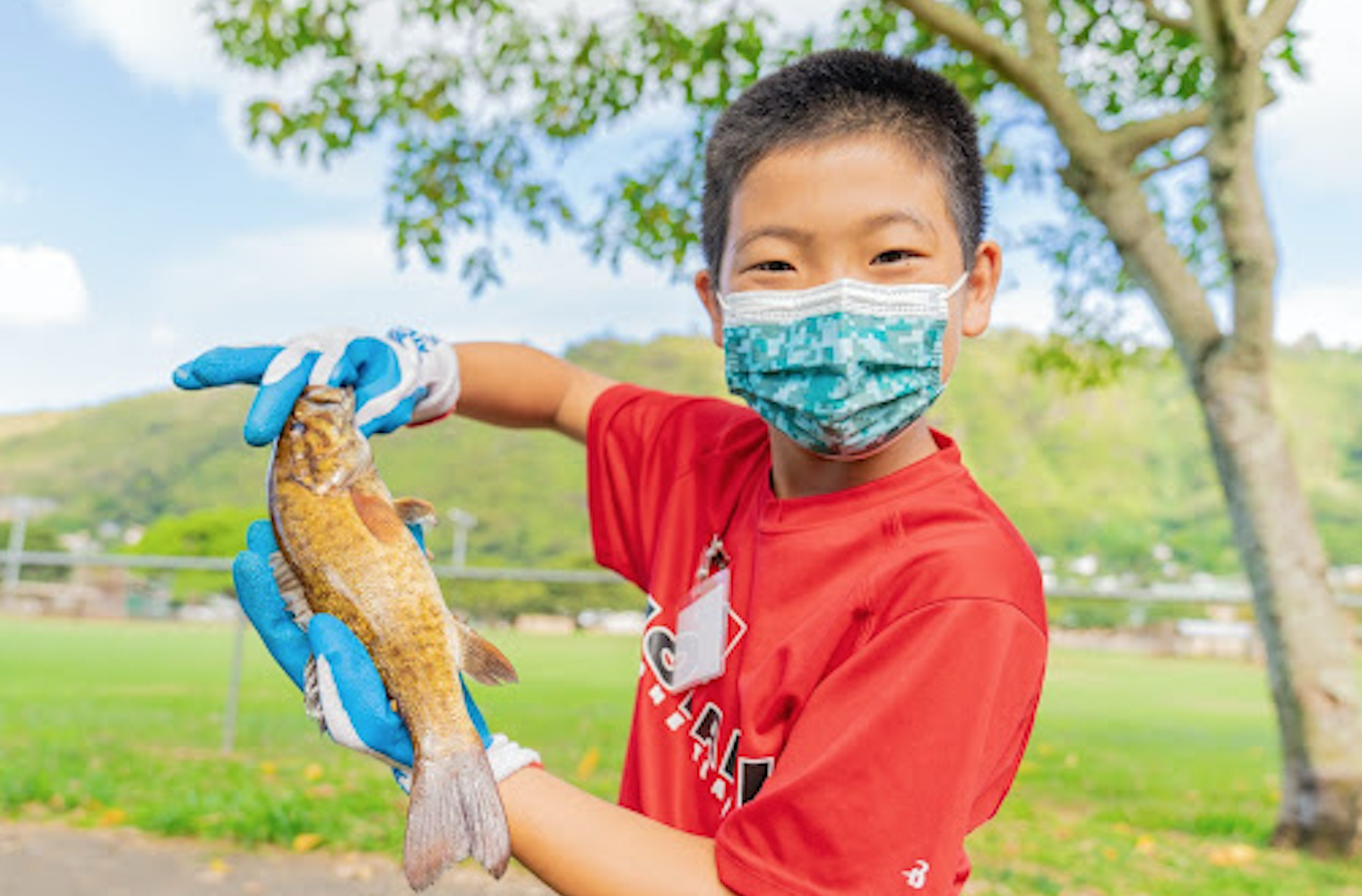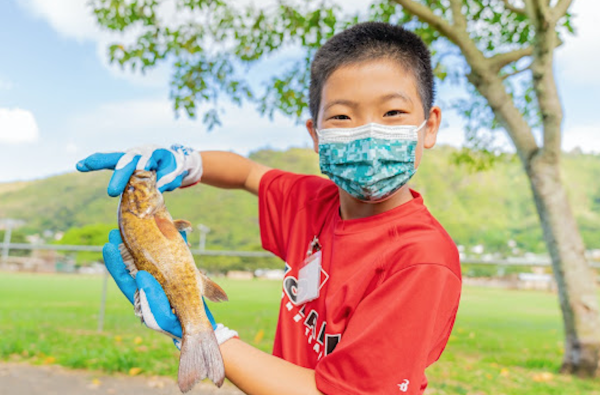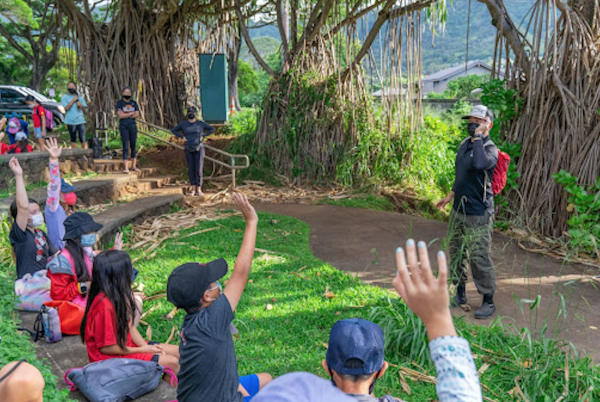KID REPORTERS’ NOTEBOOK
Invasive Species Threaten Hawaii’s Streams


Bradley Asato, a fourth grader at ‘Iolani School, is learning about the threats posed by invasive species.
According to the Center for Biological Diversity, plant and animal species in Hawai’i are facing a serious threat due to climate change, loss of habitat, and other causes. “Of all the species listed as endangered or threatened in the United States, nearly a third are Hawaiian,” Maxx Phillips, the center’s Hawai’i director and staff attorney, recently reported. “There is no bouncing back from extinction.”
Teachers and students in Hawai’i are now working to protect freshwater fish, which are called ‘o’opu. These species are threatened by unwelcome invaders, especially aquarium fish. When aquarium fish are no longer wanted, many people carelessly dump them into streams, not realizing the harm they can cause.

Environmental researcher Cory Yap teaches young people in Honolulu about the threats posed by invasive species.
PROTECTING THE ENVIRONMENT
Cory Yap, an environmental researcher at the University of Hawai’i at Mānoa, educates students about the threats posed by invasive species. He partnered with ‘Iolani School in Honolulu to start Nā Wai ‘Ekolu, an educational organization that shows young people how to care for the environment.
Yap works with more than 20 schools around the island, visiting classrooms to teach students about the removal of invasive fish from Hawaii’s waterways. To date, the effort has led to the removal of more than 40,000 invasive fish from local waters.
‘Iolani students enjoy learning about marine life and getting a hands-on experience. “My favorite part was when I got to pick up one of the fish that Mr. Yap caught,” said fourth-grader Kendall Muraoka. The fish was a smallmouth bass, an invasive species.
When asked what he would tell people who dump aquarium fish into waterways, fourth-grader Bradley Asato said, “What if you have a dog that you like, and you can’t pay for it anymore? Are you just going to dump that dog on the street?”
Yap hopes that his efforts will make a positive difference in local ecosystems. “We don’t have to get rid of all the invasive species,” he said. “That’s not the point of our program. We’re just trying to suppress the number of these animals so that these habitats are open.”
